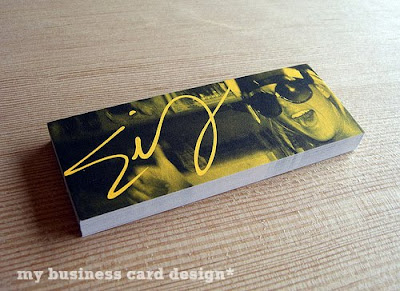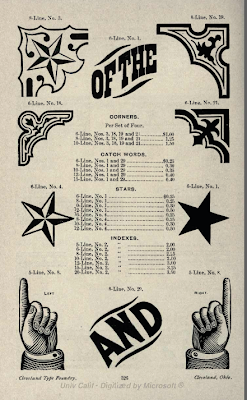
Piece of my world.


Duotone is a halftone reproduction of an image using the superimposition of one contrasting color halftone (traditionally black) over another color halftone. This is most often used to bring out middle tones and highlights of an image. The most common colors used are blue, yellow, browns and reds.[1]
Now due to recent advances in technology, duotones, tritones, and quadtones can be easily created using image manipulation programs.





Wood was used for letterforms and illustrations dating back to the first known Chinese wood block print dating from 868. The forerunner of the block print in China was the wooden stamp. The image on these stamps was most often that of the Buddha, and was quite small. Provided with handles to facilitate their use, they were not unlike the modern rubber-stamps of today.
The use of wood in printing as a material for making type had been made for hundreds of years before the 19th century.With the expansion of the commercial printing industry in America in the first years of the 19th century, it was inevitable that someone would perfect a process for cheaply producing the large letters so in demand for broadsides. Wood was the logical material because of it's lightness, availability, and known printing qualities.
Darius Wells of New York found the means for mass producing letters in 1827, and published the first known wood type catalog in 1828. The usual procedure was to draw the letter on wood, or paper which was pasted to the wood. Then cut around the letter with a knife or graver, gouging out the parts to be left blank.





A
tessellation or tiling of the plane is a collection of plane figures that fills the plane with no overlaps and no gaps. Tessellations frequently appeared in the art of M. C. Escher. Tessellations are seen throughout art history, from ancient architecture to modern art.
In Latin, tessella is a small cubical piece of clay, stone or glass used to make mosaics.[1] The word "tessella" means "small square" (from "tessera", square, which in its turn is from the Greek word for "four"). It corresponds with the everyday term tiling which refers to applications of tessellations, often made of glazed clay.









Sacred geometry is the geometry used in the planning and construction of religious structures such as churches, temples, mosques, religious monuments, altars, tabernacles; as well as for sacred spaces such as temenoi, sacred groves, village greens and holy wells, and the creation of religious art. However, in sacred geometry, symbolic and sacred meanings are ascribed to certain geometric shapes, and certain geometric proportions. According to Paul Calter:[1]
In the ancient world certain numbers had symbolic meaning, aside from their ordinary use for counting or calculating ... plane figures, the polygons, triangles, squares, hexagons, and so forth, were related to the numbers (three and the triangle, for example), were thought of in a similar way, and in fact, carried even more emotional baggage than the numbers themselves, because they were visual.
Victor Papanek




-1.png)
-1.png)
More complex line moiré patterns are created if the lines are curved or not exactly parallel. Moiré patterns revealing complex shapes, or sequences of symbols embedded in one of the layers (in form of periodically repeated compressed shapes) are created with shape moiré, otherwise called band moiré patterns. One of the most important properties of shape moiré is its ability to magnify tiny shapes along either one or both axes, that is, stretching. A common 2D example of moiré magnification occurs when viewing a chain-link fence through a second chain-link fence of identical design. The fine structure of the design is visible even at great distances.


Branding is about creating a customer experience.
Identity is about visuals and packaging.
So, what is branding? Branding is the process of developing a perception about your business and/or a customer experience that includes design as part of the process, but is also driven by elements such as naming, marketing strategy, advertising, public relations, market research, customer feedback and more.
Creating a business “identity” involves strategically and consistently applying your well defined business image (logo, layout themes, colors, etc.) across many types of media to generate top-of-the-mind recognition in your target audience. Identity is an important piece of the branding puzzle for most businesses and helps to enable customer response.